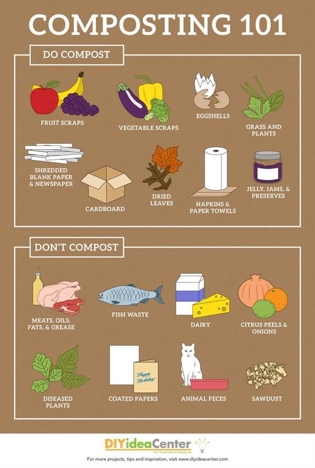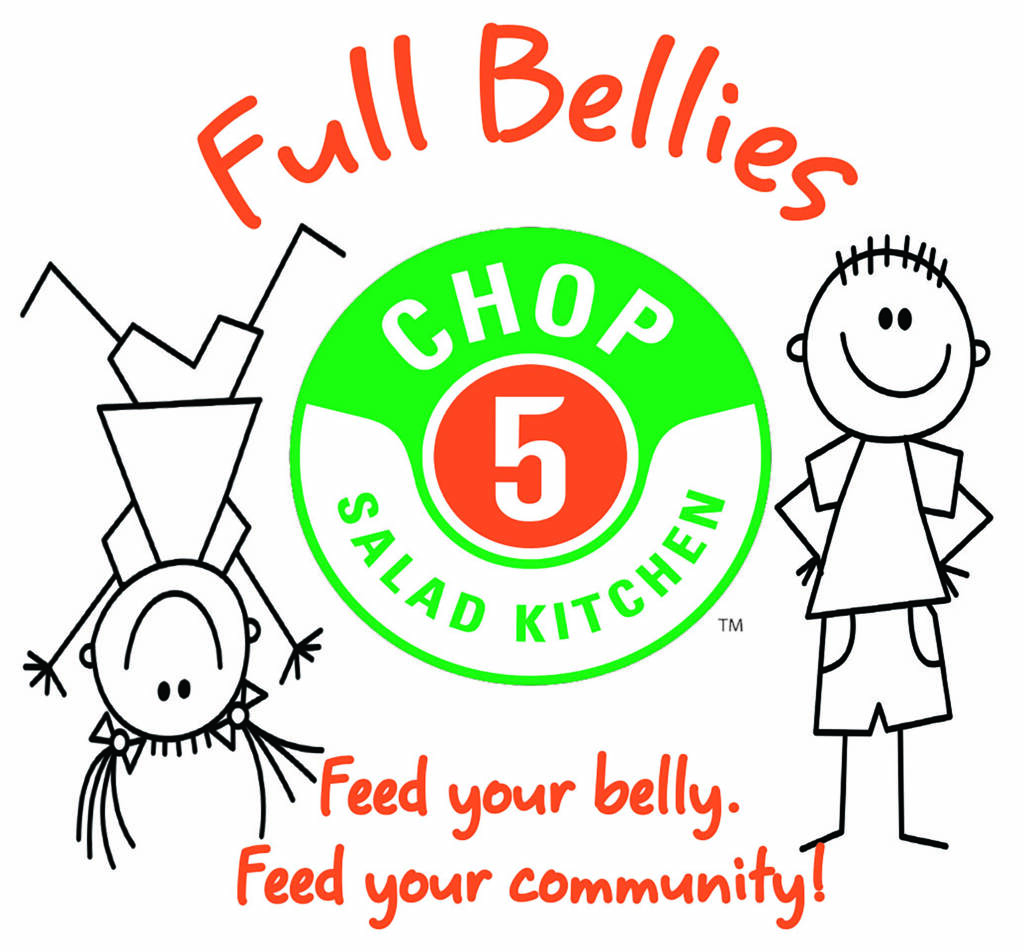Fight Food Waste with Full Bellies

BY ABBY PRATT, CHOP5 NUTRITION BLOGGER
Do you ever go to the supermarket and load up on fresh produce thinking you’re going to eat a peach each day and cook dinner 4 nights this week? Then a week or two goes by and you find the moldy fruit hidden in a fridge drawer. I know this happens to me more than I’d like to admit and I know I am not alone. Small things like this contribute to a bigger problem: Food waste.
Food waste by the numbers
- Up to 40% of food in the United States goes uneaten.
- 1 out of every 8 American’s experience food insecurity.
- 43% of food waste occurs in homes and not commercial businesses.
- Food waste costs the US about $218 billion a year.
- If we cut food waste by 15%, that food could be used to feed 25 million people for a year.
- 125-160 billion pounds of food is wasted annually.
- Only 10% of edible food waste is recovered each year.
Food waste is an environmental and humanitarian issue. Some benefits for reducing food waste include: saving money, reduce methane emissions, supporting your community and saving energy and resources. What are some ways you as an individual can help minimize food waste?

Learn how to compost: when you compost you turn food that would rot into a landfill into useful nutrient rich soil. It’s relatively easy and very low cost to begin composting.
Proper planning: have a plan for your food. Plan out menus and make grocery lists based on the amounts necessary for your recipes. Double check that you don’t already have the ingredients at home before purchasing.
Food storage: Do you know how to properly store your groceries? Click here for an interactive food storage guide. Rubbermaid makes a Tupperware that prolongs the life of produce. I use mine for blueberries and strawberries and it almost doubles the amount of time I can keep them in my fridge.
Freezer is your friend: pop poultry and other meat in the freezer to keep it for much longer! You can chop up fruits and some veggies that are almost too ripe to hit the pause button on and keep them for smoothies or other treats later. You can even freeze dairy! Here is a resource on how to become the best freezer in the game.
Eat your leftovers: some restaurants really over portion. Take home what you don’t eat and reheat it instead of tossing it out. Maybe at home you over cook as well. Again, no shame in the leftover game. Pack the leftovers for lunch the next day.
Learn your labels: “sell by”, “use by”, “best by”, what does it all mean? Knowing the difference will save you from tossing perfectly edible food. The USDA has a great resource for learning about food labels.
Donate your excess food: if you have a food plan and are unable to follow it, donate the food. There are many food pantries in every community and they make it super simple to drop off donations.
At CHOP5 we make sure to properly store and rotate our produce. We order based on sales trends so that we do not over purchase ingredients. We prep multiple times daily and in small batches to avoid excess.
Participate in CHOP5’s Full Bellies Campaign!

CHOP5 is proud to introduce our Full Bellies campaign aimed at ending hunger in our local communities. For every dish we sell in our stores, we donate fresh produce to food pantries and organizations on the front lines of fighting hunger locally. Where you choose to eat matters. We hope you’ll feel even better knowing your purchase helps those less fortunate too.
At CHOP5, you can Eat With No Regrets!
What steps do you currently take in your home to cut down food waste? Or, which tip are you looking to start? Email me your plans or thoughts at AbbyP@Chop5.com and as always Chop well, Eat well, Live well!

